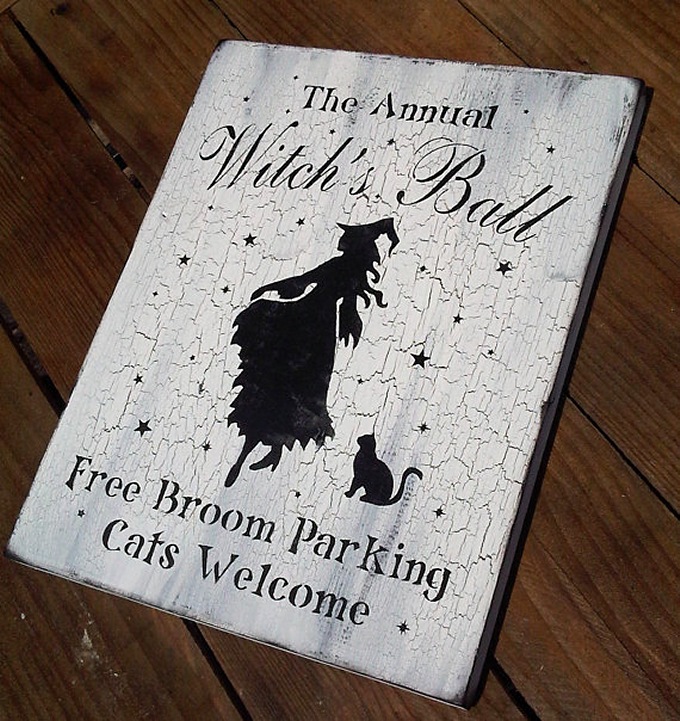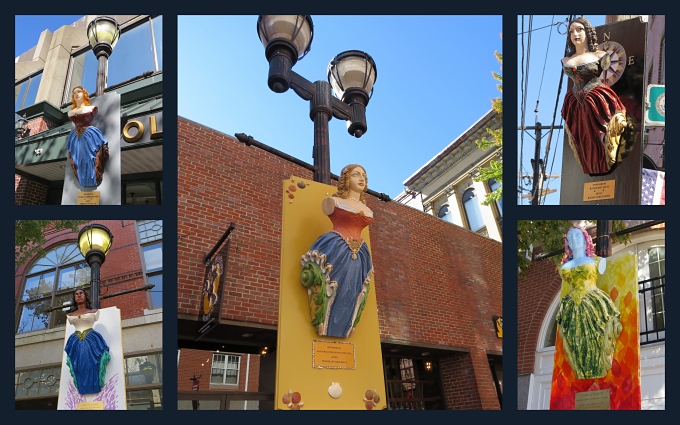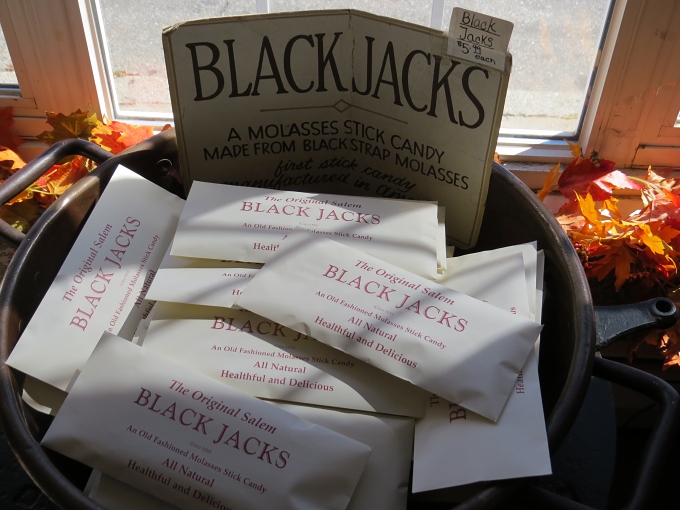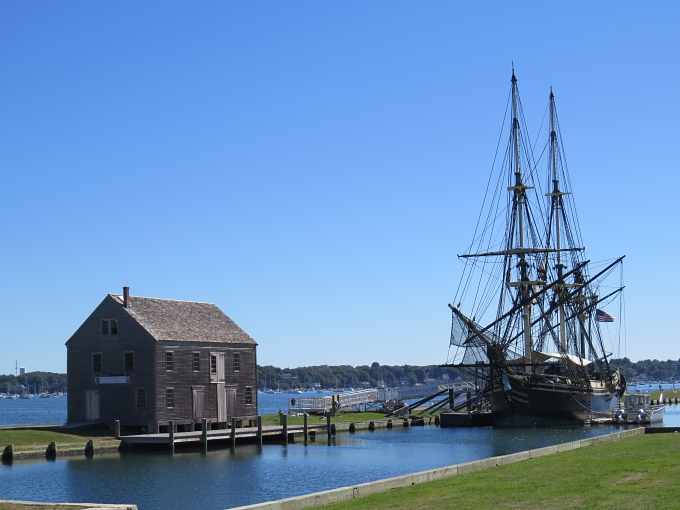Witch City Walking Tour - Salem, Massachusetts Pt. 2
/History AND Hysteria
Despite its colorful maritime history, Salem is really about all things witch. The Salem Witch Trials of 1692 represent one of America's “most notorious cases of mass hysteria, and has been used in political rhetoric and popular literature as a vivid cautionary tale about the dangers of isolationism, religious extremism, false accusations and lapses in due process.”
I remember reading and having a bit part in Arthur Miller's The Crucible while in college. The play is set in Salem during the witch trials and explores the lives of those accused of witchcraft. Today, Salem embraces its witchy identity and infuses it into most everything in the town. Police cars sport a witch logo. There's Witchcraft Heights Elementary School, and the sports field on Gallows Hill was indeed the location for public hangings in centuries past. Whether its an overhead door company, the Coast Guard or a segway rental, there's no escaping from the witchy side of things. The Essex Street pedestrian mall is chock-a-block full of witch-y restaurants and boutiques. From t-shirts, to wine, to witchy costumes, to spell casting and tarot readings, it's all here in the Witch City and available for sale.
Along our path we came across the Johnathan Corwin House, the oldest house in Salem and an example of high-style First Period architecture. More important than its age is its nickname, “The Witch House”. Corwin was one of the judges in the infamous 1692 Salem Witch Trials. It's the only extant building directly associated with the witch trials. Its dark stained exterior and small windows give the house the illusion of being somewhat sinister and mysterious.
We just couldn't ignore the Bewitched statue celebrating the long-running TV show, parts of which were actually filmed in Salem. The movie Hocus Pocus was also filmed on site as were many other movies, all lending to the city's witchy credibility. The Wiccan influence here is strong.
We had a quick lunch at the Witches' Brew, an appropriately named cafe for “witch city” dining. No special concoctions or potions were served, but the club sandwich was good.
Back to the reality of happenings back in 1692. Here's the encapsulated, Cliff Notes version. There was rivalry between some of the families in town. Some young girls started acting weird and were diagnosed as being “afflicted”. This was blamed on spells cast by local women whom they claimed were witches. The town fathers and several townspeople, being staunch Puritans (who left England, mind you, because of religious intolerance) went crazy. When friends tried to defend the accused, they, too, were accused of witchcraft. Accusation after accusation ensued and before you know it, they were hanging people as witches. No burning at the stake occurred in Salem.
One poor fellow, Giles Corey, was pressed to death. In all, 20 people were executed and over 200 people were accused. Not a pleasant chapter in America's early history.
The Salem Witch Trials Memorial is quite the solemn place. Located next to the Old Burying Point, there's a small park surrounded by a stone wall in which are embedded granite benches. Each of the 20 benches bears the name of a person executed during the trials. Seven locust trees were planted in the plant and it's said when the leaves shed their leaves, it represents tears shed for those unjustly executed.
The Old Burying Point next door to the Witch Memorial is the second oldest cemetery in America and the oldest in Salem. Established in 1637, the gravestones are weathered and beaten, but most are discernible and it was interesting, as always, to view the stones and walk the grounds. Note that those accused and executed for witchcraft were not allowed to be buried here (a Christian cemetery and all) and it is thought that their families recovered their bodies and put them to rest in unmarked graves.
Walking the streets of Salem today is interesting. Meeting someone dressed as a witch is not uncommon.
Needless to say, Hallowe'en is the high holiday here and they're all prepared. The Annual Witches' Ball will be held soon in conjunction with the Annual Psychic Fair and Witchcraft Expo followed by the Festival of the Dead. Don't miss it. Grab your cat and your broom and fly on in ... parking's free.




















 aboard Nine of Cups. Some books are timeless.
aboard Nine of Cups. Some books are timeless.